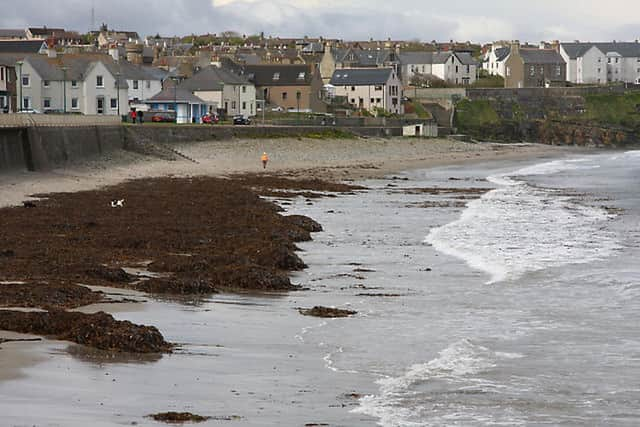Medieval heart of Scottish Highland town could lose conservation status
The boundaries of Thurso’s conservation area are under review, with Highland Council consulting on potential changes.
The local authority believes much of the old quarter has already been lost to development.
Advertisement
Hide AdAdvertisement
Hide AdThe historic heart of Thurso in Caithness is home to buildings including Old St Peter’s Kirk, parts of which date back to the 12th century and form the earliest Christian building in the town.
The town’s only A-listed building, it was the chapel of the Bishop of Caithness when he was at his summer residence at Scrabster.
The Turnpike, a two-storey building with a distinctive rounded external stair tower, dates from 1686.
It is thought to have originally been a merchant's house and is also included in the Conservation Area. The building was captured by painter LS Lowry in sketches in the 1930s.
The key historic buildings that remain will continue to be protected by scheduled monument and listed building status, whatever the outcome of the conservation area consultation.


The local authority also said the conservation area status could prevent residents from making improvements to their homes, with a number of the older buildings already adapted.
Councillors will consider the proposed boundaries changes at a meeting next week.
The Conservation Area was first designed in 1970 and included five separate areas, but the scheme was redesigned in 1987 to create just a single protected zone.
Thurso’s importance as a port dates back to the Norse period, with trade continuing with Europe until the 19th century.
Comments
Want to join the conversation? Please or to comment on this article.
